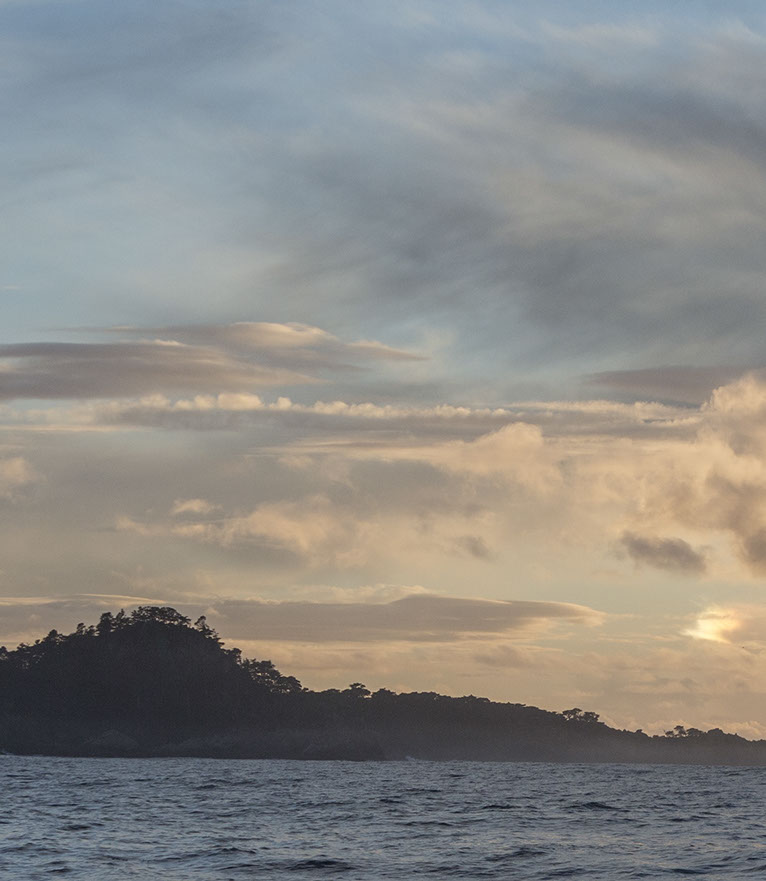
Birds
Wading Birds
Shoreline Birds
Woodland Birds
Scavengers
Raptors
*Click here for a note about bird classification


black oystercatcher
For the purposes of this website I have chosen to classify birds by behavior and/or habitat. Some would disagree with that method, since science has well established conventions in bird classification. Shore Birds usually include species that forage on a beach or mudflat, like sandpipers, willets, and curlews.
Yet, a number of other species forage in the same habitat, just in slightly different niches - hunting for different prey. Yellow-rumped Warblers and Meadow Larks can be found hunting for fly larva in kelp wrack, right next to a Black-Bellied Plover.
Certain times of year you can find a number of unexpected species, making a living in the same spot, like, Belted Kingfishers, Barn Swallows, and Cormorants - a relatively common pairing in Monterey - you might call it a Ménage à Tweet (at least if you were mildly twisted.)
I call these Shoreline Birds (just to add to the already confusing nomenclature.) I do this for two reasons. First, it follows the experience of the casual observer, who sees Brewer's Blackbirds and crows feeding on the same rock as an Oystercatcher, and second, it keeps me from having to build a dozen more web pages.
If you are a student, I encourage you to research bird classification on the internet. There is no shortage of arbitrary classifications, some that have been used for hundreds of years - whether they made sense or not. The trick to good grades is to give teachers the answers they expect to hear. You will probably get an "F" if you call a Starling a Shore Bird (even though it is, sometimes.)
click again to hide this message.
Menu
All my images are copyright protected and registered with the U.S. Copyright Office. There are no public domain images on this site. Please contact me if you wish to use any of my photos. Unauthorized use will be tracked, and may result in prosecution. Thanks for your understanding. BW














































